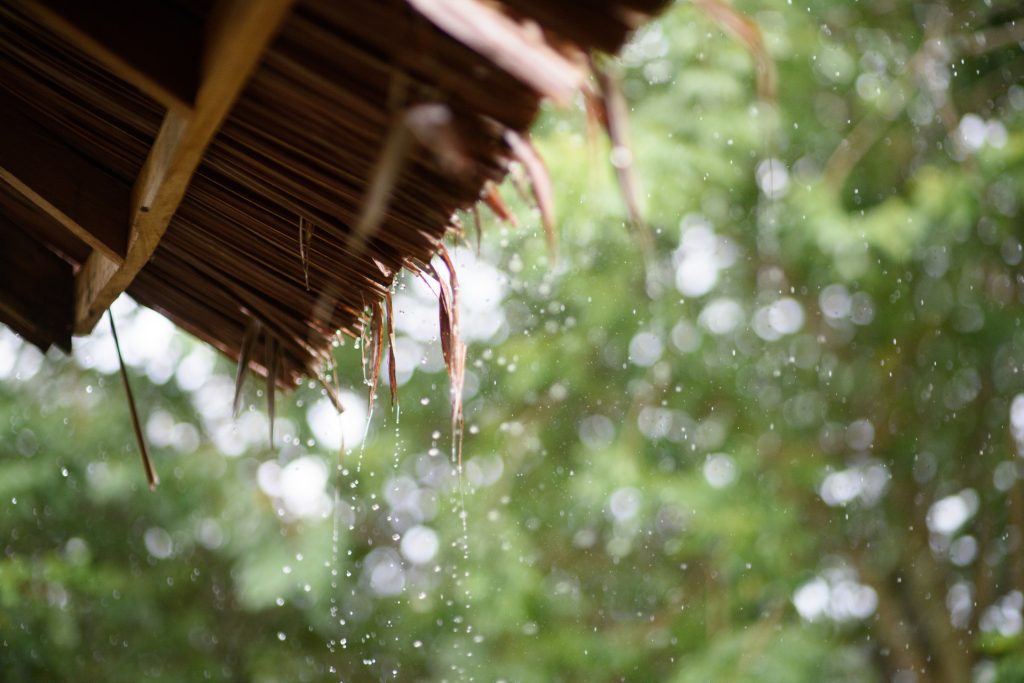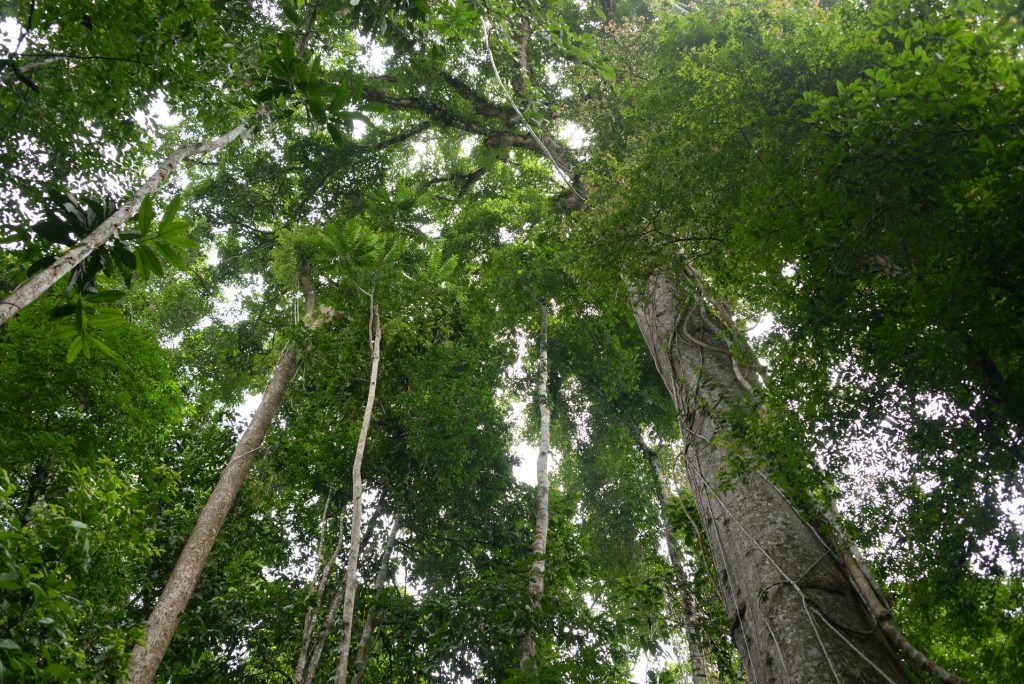
El Niño: the little boy that’s getting more dangerous
It is perhaps the most important natural fluctuation in the Earth’s climate. But it is also one of the least understood.
The name El Niño is given to short-term warming of the surface waters of the tropical Pacific. The ocean waters switch back and forth between El Niño and La Niña, El Niño’s colder counterpart, irregularly every few years.
Normally, the warmest part of the Pacific Ocean is the region near the equator. Due to Earth’s spinning, the prevailing trade winds blow from east to west, pushing the warm waters westwards towards Oceania. As this happens, cool waters rich in nutrients well up near the coasts of South America, bringing with them a steady stream of fish for Peruvian Fishermen.
It’s thanks to the fishermen and women on those shores that El Niño was discovered. They noticed that every three to seven years, often in the months of December and January, the water was unusually warm and there were noticeably fewer fish. Because it happened around Christmas time, they named the phenomenon El Niño – Spanish for ‘the little boy’.
El Niño has some effects that are easy and predictable to explain. As the waters near the coast of South America become warmer than usual, the weather in the region is warmer. Evaporation from the warm seas increase and as a result, the region sees more rain.


Conversely, the weather in Oceania is drier than usual, often leading to reduced rainfall and droughts.
But there are far more wider-reaching impacts of El Nino that are not at all predictable and affect the weather across many parts of the globe.
Already unpredictable, climate change seems to be having an impact on the patterns and severity of El Niño events. Research has shown that if an El Niño of a given magnitude forms in the future, it is likely to have a greater influence over the weather in the tropics than if the same one formed 50 years ago.
This was demonstrated in 2009. The El Niño was far more severe than expected, with intense droughts and heat waves gripping the Amazon region. And in the decade since then, extreme weather all over the world has been clearly stronger than would be expected from El Niño’s historical behaviour. This gives rise to concerns that our El Niño weather may be becoming “supercharged”.
In tropical regions, droughts caused by El Niño mean rainforest burns much more easily. In 1997, El Niño saw five million hectares of rainforest go up in smoke in Indonesia. The forest fires generate gigatonnes of carbon dioxide equivalent to 13-40% of the world’s fossil fuel emissions at the time.


Long term resilience to extreme weather events will only be achieved by protecting vast areas of rainforest in the tropics. These forests act as weather breaks and keep the natural cycle of rainfall regular, helping to reduce fire-inducing drought.
In the short term, it’s important to help communities increase their capacity to withstand these El Niño weather events. Cool Earth’s supporters have funded water tanks in Wabumari, Papua New Guinea, which ensures a reliable supply of fresh water for the village. In Peru, growing inga in poor soils alongside the trees is helping restore degraded land making landslides less likely. The increased productivity of the soil also creates a sustainable and reliable income when the weather turns on rainforest communities.
Further Reading:
Al Jazeera, (2014) “El Nino Explained”
Wiley, (2018) “ENSO’s Changing Influence on Temperature, Precipitation, and Wildfire in a Warming Climate.”
The Conversation, (2015), “Indonesia at risk from huge fires because of El Nino.”
